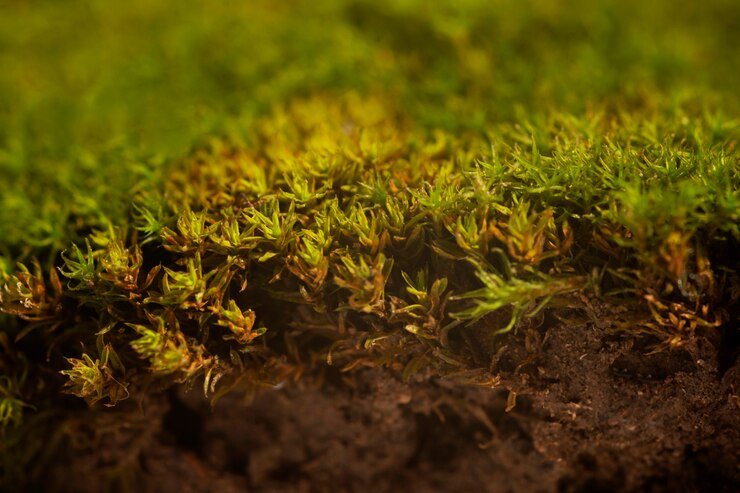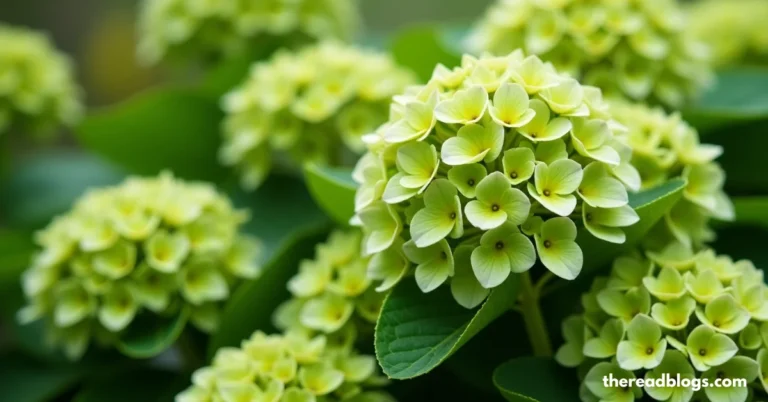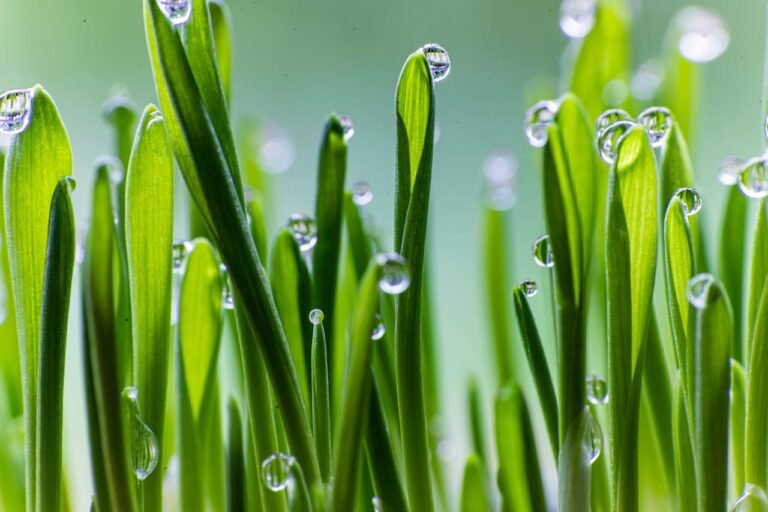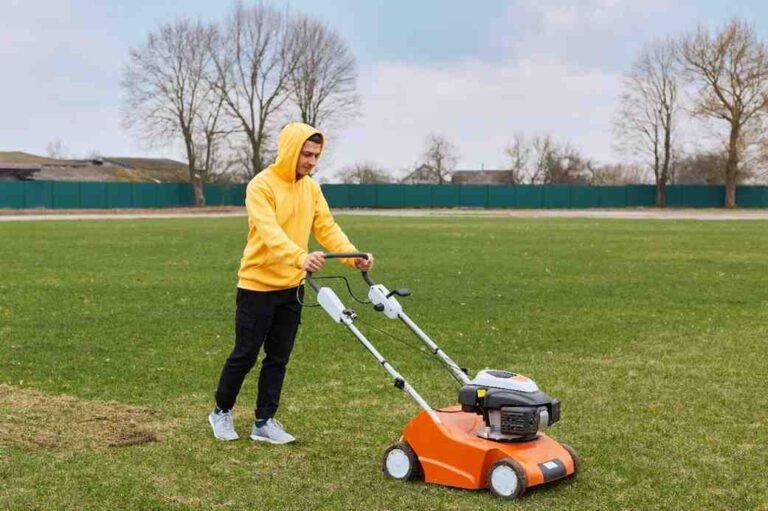Best Grass Choices for Your Lawn’s Needs
Most suitable and best grass for lawn varieties include Bermudagrass, Buffalograss, St. Augustinegrass, Zoysiagrass, and Tall Fescue. Temperatures aren’t highly fluctuating in this area; however, some regions are colder and wetter than others. Certain grass species grow better than others, depending on where you are in California’s Golden State.
Continue reading to learn the advantages and disadvantages of each type of grass and the species that thrive in Northern, Central, and Southern California.
How to Identify Grass Type
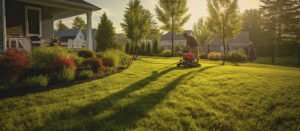
After deciding the grass type you believe will work well for your yard, you can examine the common grass features. The colors and textures are easy to spot, while other aspects require a closer examination of your grass.
- Form of the Grass Tip: Look at the tips of your grass to see whether it has pointed, rounded, or boat-shaped tips.
- Shoot Type: This refers to how the leaves of grass are arranged in new shoots, also known as vernation. The shape could be V-shaped, circular, or folded over itself.
- Growth Pattern: There are two main types of growth patterns: bunching and creeping. Grass that grows in clumps forms groups, while other types spread across stems, which may be elevated above or underground.
Best Grass Types for a Beautiful Lawn

Lawn grasses aren’t just used to keep our home lawns green or to provide an attractive feature in the landscape. They also offer several environmental advantages:
- Degrade organic chemical compounds.
- Reduce erosion, flooding, and noise.
- Provide habitat for smaller wildlife.
- Create a cooling effect in warm weather.
Therefore, with minimal effort, these are the top ten types of grass that can be used to create an attractive and efficient lawn!
Cool-Season Types of Grass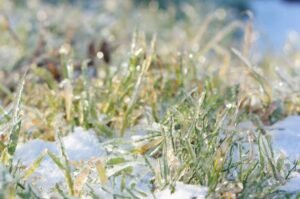
Cool-season grasses, adapted to northern climates, flourish during the autumn and spring seasons and remain green throughout winter in areas with moderate temperatures. (They’ll be dormant in northern regions.) However, they don’t handle summer heat well and often turn brown when they don’t receive enough water.
Kentucky Bluegrass
Kentucky bluegrass is a popular type of grass used in northern lawns. It is also grown in the Transition Zone and the West Coast, where the ocean’s influence cools the summer heat. Kentucky bluegrass is dark in color with a medium texture. Plant various types or mix them with perennial ryegrass for the best results.
Advantages: Covers empty areas by itself and creates beautiful lawns. It can also withstand harsh winters.
Cons: Not tolerant to shade, susceptible to thatch, swells up in hot temperatures, and is a popular food for grubs.
Fine-Leaf Fescue
This category includes various species, all with wispy, thin-bladed appearances. These grasses are problem-solvers and are often added to seed mixes to improve lawns’ drought and shade tolerance. They are also low-maintenance.
Pros: Requires minimal maintenance and can withstand shade and drought.
Cons: Most lawn grasses are more attractive.
Tall Fescue
Tall fescue is excellently resistant to temperature and drought. It is often used in the Transition Zone and even in the South. While some consider its rough texture unattractive, newer varieties are more appealing.
Pros: Not susceptible to thatch, tolerant of heat and drought, excellent resistance to pests.
The cons are that they don’t spread easily to fill empty areas (except for a few varieties with a modest spread).
Perennial Ryegrass
This dark-colored and fine-textured grass can be used alone in lawns or paired with Kentucky bluegrass. It is also commonly used to oversee dormant southern grasses to provide winter greenery.
Pros: One of the most beautiful grasses, well-adapted to traffic, germinates and grows quickly.
Cons: It doesn’t spread, so it can’t fill empty spaces by itself.
Warm-Season Types of Grass
Warm-season grasses thrive in heat and are well-suited to the scorching summers in the South and Southwest. In areas that receive little rain in the summer, they enter a state of dormancy without any additional water. Except for a few exceptions, warm-season grasses aren’t particularly cold-tolerant, and many suffer winter dormancy. Some varieties are not available as seeds and need to be planted in sprigs or as sod.
Bermudagrass
“Common” Bermudagrass is coarse, while the hybrid varieties provide an even finer texture and more appealing lawn. Bermudagrass can be grown from seed, while the hybrid varieties require the use of sprigs. Some varieties can be grown north of Zone 6. In the South and West, dormant Bermudagrass lawns are typically mowed with ryegrass in autumn to provide winter-time color.
Pros: A vigorous spreader that is quick to recover from wear. Hybrid varieties are extremely smooth.
Cons: Intolerant of shade, prone to thatch, and invades flower beds.
Augustinegrass
St. Augustinegrass creates a dense, lush, coarse lawn. This type of grass is most widely utilized for lawns in the Gulf states; however, its reliance on summer rain and moderate cold tolerance limits its use elsewhere.
Pros: It requires moderate maintenance for a lovely lawn. It’s fairly tolerant of shade.
Cons: Susceptible to chinch bug infestations; cannot survive through dry summers without additional watering.
Zoysiagrass
Zoysiagrass is a dense, medium-textured grass and is winter-hardy up to Zone 6.
Pros: Forms a strong lawn that is effective in removing weeds. It is somewhat tolerant of shade and drought-tolerant.
The cons are: that it is in long-term dormancy and needs annual dethatching or scalping to remove thatch. It is slow to recover and establish from wear and is not well-suited for overseeding during the winter months.
Buffalograss
Buffalograss is grass that can be used only on low-maintenance sites. It has a gray-green hue and a fine texture. Although technically an annual warm-season grass, buffalograss can be found in many areas of the United States and southern Canada.
Pros: Can withstand extreme temperatures; requires little fertilizer, pest control, or mowing.
The cons are that it has a rather unattractive color, doesn’t tolerate traffic well, takes a long time to establish, and goes dormant during winter and summer (if not watered), meaning it may be brown for a large portion of the year.
Centipedegrass
Well-adapted to the Southeast, this “lazy man’s grass” forms an unruly, medium-to-light green lawn that appears attractive and requires only moderate upkeep. It’s not in a winter dormant stage. Common centipedegrass is often employed, while the named varieties are rarely available for sale.
Pros: Requires minimal care and is prone to only a few health or insect problems. It grows slowly, meaning less lawn mowing.
Cons: Recovers slowly after wear and tear; susceptible to cold weather injury.
Narrow Your Choices
Your location is the most important element determining how the grass performs.
Northern Zone
In the northwestern United States and Canada, with moderate summers and often cold winters, cool-season grass varieties, such as Kentucky bluegrass, perennial ryegrass, and tall fescue, are among the top options.
Southern Zone
The Southern Zone is characterized by hot summers and mild winters, making it a place where warm-season grasses thrive. Saint Augustinegrass, Bermudagrass, Centipedegrass, and Zoysiagrass are popular options.
Transition Zone
This area has scorching summers and frigid winters, making lawns most difficult. Cool-season grasses struggle during the summer heat. While the warm-season varieties can turn brown for more than 50% of the time and are susceptible to damage during winter.
Tall fescue is one of the most popular choices within the Transition Zone due to its excellent tolerance to extreme heat and cold, and it remains green all year round. Bermudagrass, Zoysiagrass, and Kentucky bluegrass are also grown within the Transition Zone.
How to Choose the Right Grass for Your Lawn
When deciding on the ideal grass for your lawn, consider your location. It is also important to consider other factors, such as your lawn’s characteristics and lifestyle. Here are a few aspects to consider:
Shade Tolerance
If you have a shaded area and want to choose a grass type, it should not require excessive sunlight. Let’s look at the types of grass that can withstand shade:
- Moderate Shade Tolerance: St. Augustinegrass, tall fescue (turf type), Zoysiagrass, bentgrass
- Low Shade Tolerance: Bermudagrass, buffalograss, Kentucky bluegrass, and perennial ryegrass
Drought Tolerance
You don’t want a thirsty lawn if you live in drier and avoid venerable areas. Selecting grass based on its ability to thrive in your region’s climate is essential. Here’s how grasses can withstand drought:
- High Drought Tolerance: Bermudagrass, buffalograss
- Moderate Drought Tolerance: St. Augustinegrass (moderate to high), Zoysiagrass (moderate to high), tall fescue (turf type, moderate to very high), Kentucky bluegrass
- Low Drought Tolerance: Perennial ryegrass, bentgrass
Foot Traffic
Your home might be brimming with outdoor activities. If your yard is filled with children playing and running or you host a lot of lawn parties, then you’ll require grass that can handle high foot traffic.
What are the different kinds of grasses that respond to foot traffic? Let’s look at:
- High Foot Traffic: Perennial Ryegrass, Bermudagrass, Zoysiagrass
- Moderate Foot Traffic: Turf-type Tall Fescue, Kentucky Bluegrass, Bentgrass
- Low Foot Traffic: Buffalograss, St. Augustinegrass
Maintenance Level
Everybody has the same amount of time during the day, but people use it simultaneously at different times. Are you looking to stop caring for the grass, or does lawn care bring you peace? Pick a grass type that allows you to be on your lawn as much as you want or as minimally as possible.
These are the recommended maintenance levels for the grass types:
- High-Maintenance Grasses: Bermudagrass, St. Augustinegrass, Kentucky Bluegrass, Bentgrass
- Moderate-Maintenance Grasses: Turf Tall Fescue, Perennial Ryegrass
- Low-Maintenance Grasses: Buffalograss, Zoysiagrass
Are Mixed Lawns Worth It?
Based on our experiences with mixed lawns, which align with the findings of this study, they are worth the cost and effort due to the following benefits:
- Maintain the aesthetic quality and density of your lawn for longer.
- More sustainable.
- Reduces the need for pesticides.
- Improves shade tolerance.
FAQ
What is the most suitable type of grass?
Which is the best type of lawn grass?
- Bermuda
- Augustine
- Kentucky bluegrass
- Centipede
- Perennial Ryegrass
- Buffalo grass
- Zoysia
- Fine and tall Fescue (and other varieties of fescue grass such as the creeping red fescue)
What is the most suitable grass to plant in California?
Bermudagrass is one of the most widely used warm-season grasses in the northern areas of California, with hot temperatures during summer. Bermuda grass grows well with excellent development, color, and density in hot summers, warm springs, and early fall. However, it also goes into dormancy in the winter months.
What is the best grass that has no weeds?
Zoysia grass rapidly creates a thick, cushiony turf that can outcompete weeds and naturally resist insects and diseases.
Which is better, Zoysia or Bermuda?
Zoysia grass is a great option if you live in a region with dry, hot summers and need low-maintenance grass. However, Bermuda grass is the best choice for those needing a sturdy, high-traffic lawn that grows quickly.


